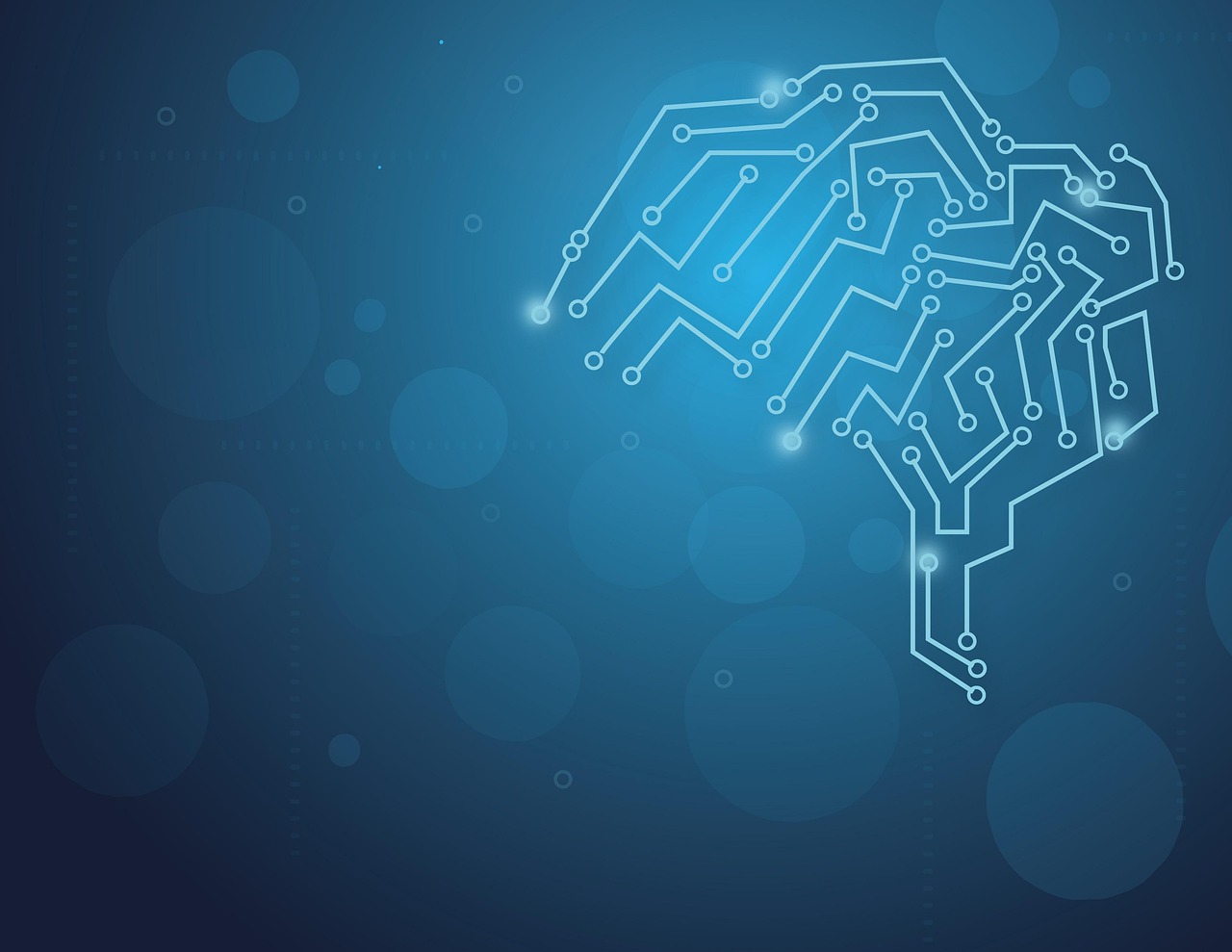Machine Learning (ML) is revolutionizing industries, driving innovation and efficiency across various sectors. However, the journey from a promising ML model in a research environment to a robust, scalable, and reliable production system is complex. This is where Machine Learning Engineering steps in, bridging the gap between theoretical models and real-world applications. This blog post dives deep into the world of ML engineering, exploring its core principles, key responsibilities, and the essential skills required to excel in this rapidly evolving field.
What is Machine Learning Engineering?
Defining Machine Learning Engineering
Machine Learning Engineering is the application of software engineering principles and practices to the development, deployment, and maintenance of machine learning systems. It’s more than just building a model; it’s about creating a complete, production-ready ML solution. According to a recent survey, companies struggle most with deploying ML models (47%) and monitoring them in production (39%), highlighting the critical role of ML engineering.
Key Differences: Data Science vs. Machine Learning Engineering
While both Data Scientists and ML Engineers work with machine learning, their roles and focuses differ significantly:
- Data Scientists: Primarily focus on exploring data, building and evaluating models, and generating insights. Their work is often research-oriented. They are responsible for answering business questions with data.
- Machine Learning Engineers: Focus on deploying, scaling, and maintaining those models in production environments. They are concerned with the robustness, efficiency, and reliability of the ML system. Their work is engineering-oriented. They ensure the model runs smoothly and efficiently, delivering value to the business.
Think of it this way: Data Scientists are the architects who design the house (ML model), while ML Engineers are the construction crew who build it and ensure it’s structurally sound and functional (production system).
Why is ML Engineering Important?
ML engineering is crucial for several reasons:
- Scalability: Ensures that ML systems can handle increasing data volumes and user traffic. For example, Netflix uses sophisticated ML engineering to personalize recommendations for over 200 million subscribers.
- Reliability: Guarantees that ML systems perform consistently and accurately over time. Failures can lead to significant financial and reputational damage.
- Efficiency: Optimizes resource utilization (compute, storage, network) and reduces operational costs. Cloud providers like AWS and GCP offer specialized ML engineering tools to achieve cost-effective deployments.
- Maintainability: Facilitates updates, bug fixes, and model retraining without disrupting service. Robust monitoring and alerting are essential for proactive issue detection and resolution.
- Reproducibility: Ensures that models can be retrained and redeployed consistently, leading to predictable and reliable performance. Version control for models and data is crucial.
The ML Engineering Lifecycle
Data Engineering
The foundation of any successful ML project is high-quality data. Data engineering involves:
- Data Collection: Gathering data from various sources (databases, APIs, sensors, etc.). Example: Collecting user interaction data from a website or mobile app.
- Data Cleaning and Preprocessing: Handling missing values, outliers, and inconsistencies in the data. Example: Standardizing date formats or removing duplicate entries. This can involve imputation techniques, outlier detection algorithms, and data transformation methods.
- Data Transformation: Converting data into a format suitable for ML models (e.g., feature scaling, one-hot encoding). Example: Converting categorical variables into numerical representations.
- Data Storage and Management: Storing data in a scalable and efficient manner (e.g., using cloud storage solutions like AWS S3 or Google Cloud Storage). Example: Using a data lake to store raw and processed data.
Model Development and Training
This stage involves:
- Model Selection: Choosing the appropriate ML algorithm for the task. Example: Selecting a Random Forest for classification or a Recurrent Neural Network for time series forecasting.
- Feature Engineering: Creating new features from existing data to improve model performance. Example: Calculating the ratio of clicks to impressions for an advertising campaign.
- Model Training: Training the model using the prepared data. Example: Training a TensorFlow model on a GPU cluster.
- Model Evaluation: Assessing the model’s performance using appropriate metrics (e.g., accuracy, precision, recall, F1-score). Example: Using cross-validation to estimate the model’s generalization performance.
Model Deployment
This is where the model is made available for real-world use:
- Choosing a Deployment Environment: Selecting the appropriate infrastructure for hosting the model (e.g., cloud server, edge device). Example: Deploying a model to AWS SageMaker for real-time inference.
- Creating an API: Building an API that allows other applications to interact with the model. Example: Building a REST API using Flask or FastAPI.
- Containerization: Packaging the model and its dependencies into a container (e.g., using Docker) for consistent deployment. Example: Creating a Docker image containing the model, its dependencies, and a web server.
- Orchestration: Managing and scaling the deployment using orchestration tools (e.g., Kubernetes). Example: Using Kubernetes to deploy multiple instances of the model for high availability.
Model Monitoring and Maintenance
This crucial stage ensures long-term performance:
- Performance Monitoring: Tracking the model’s performance in production using metrics like accuracy, latency, and throughput. Example: Monitoring model accuracy using a dashboard in Grafana.
- Data Drift Detection: Detecting changes in the input data that could affect model performance. Example: Using statistical tests to detect shifts in the distribution of input features.
- Model Retraining: Retraining the model periodically with new data to maintain accuracy. Example: Automatically retraining the model every week with the latest data.
- Model Versioning: Managing different versions of the model and tracking their performance. Example: Using a model registry to store and track different versions of the model.
Essential Skills for Machine Learning Engineers
Programming Skills
- Python: The primary language for ML development.
- Java/Scala: Often used for building scalable data processing pipelines.
- R: Useful for statistical analysis and data visualization, but less common in production environments.
Machine Learning Knowledge
- Understanding of ML algorithms: Knowing the strengths and weaknesses of different algorithms.
- Model evaluation metrics: Understanding how to assess model performance.
- Feature engineering techniques: Knowing how to create effective features.
Software Engineering Skills
- Version control (Git): Essential for collaborative development.
- Testing: Writing unit tests and integration tests to ensure code quality.
- CI/CD: Automating the build, testing, and deployment process.
- DevOps principles: Understanding how to manage and operate infrastructure.
Cloud Computing Skills
- Experience with cloud platforms: AWS, Google Cloud Platform (GCP), or Azure.
- Knowledge of cloud services: Compute, storage, networking, and ML-specific services.
Data Engineering Skills
- Data warehousing: Experience with data warehouses like Snowflake or Redshift.
- Data pipelines: Building and managing data pipelines using tools like Apache Spark or Apache Beam.
- Database management: Experience with relational and NoSQL databases.
Tools and Technologies in ML Engineering
Frameworks and Libraries
- TensorFlow: A powerful open-source ML framework.
- PyTorch: Another popular ML framework, known for its flexibility and ease of use.
- Scikit-learn: A versatile library for general-purpose ML tasks.
- Pandas: A library for data manipulation and analysis.
- NumPy: A library for numerical computing.
Deployment Tools
- Docker: For containerizing applications.
- Kubernetes: For orchestrating container deployments.
- AWS SageMaker: A managed ML service for building, training, and deploying models.
- Google AI Platform: A similar service from Google Cloud.
- Azure Machine Learning: Microsoft’s offering for ML development and deployment.
Monitoring Tools
- Prometheus: For monitoring time-series data.
- Grafana: For visualizing monitoring data.
- ELK Stack (Elasticsearch, Logstash, Kibana): For log management and analysis.
- MLflow: An open-source platform to manage the ML lifecycle, including experiment tracking, model packaging, and deployment.
Conclusion
Machine Learning Engineering is a critical discipline that bridges the gap between theoretical ML models and real-world applications. By understanding the ML engineering lifecycle, developing essential skills, and leveraging the right tools and technologies, you can build robust, scalable, and reliable ML systems that drive significant value for your organization. As machine learning continues to evolve, the demand for skilled ML engineers will only continue to grow. Embracing this field opens up exciting opportunities to shape the future of technology and innovation.




